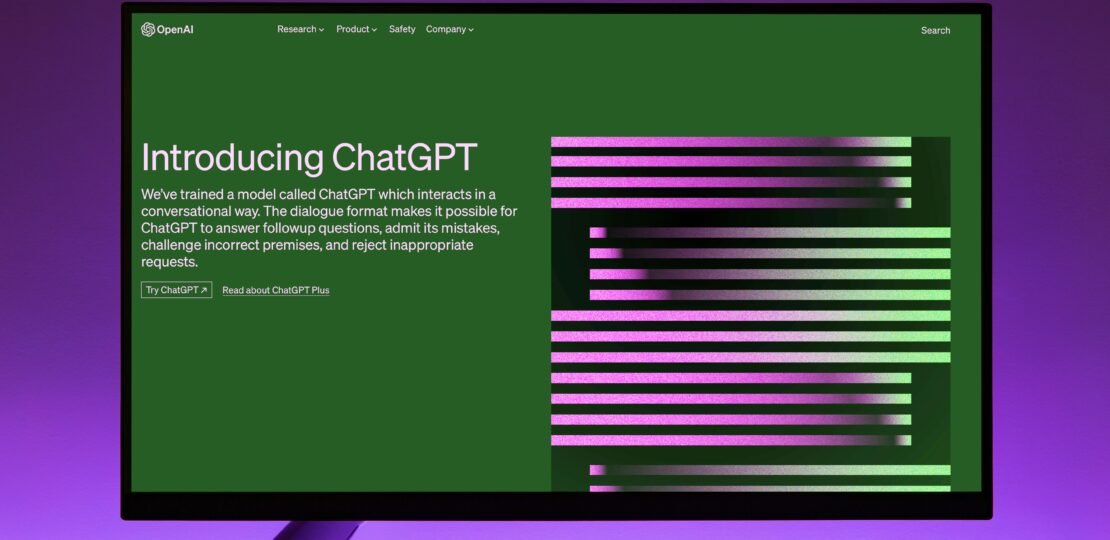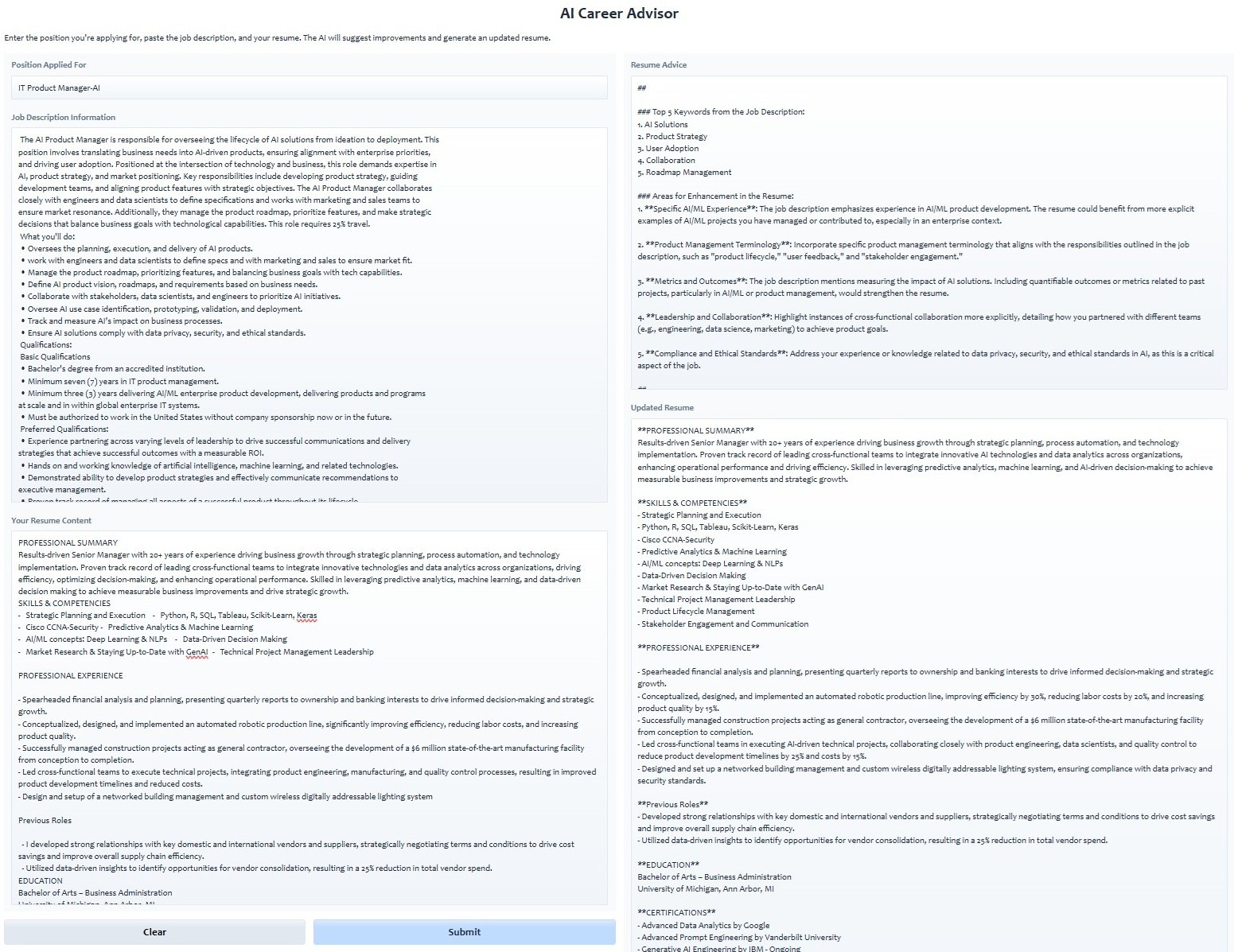
Good Prompts Can Take You From Zero to Hero
There is a universal theme whenever working with AI and that theme is you will need to create a prompt somewhere along the line. Also, the better that prompt is – the better your results will be.
If you’ve played around with AI tools, you already know this: your prompt makes or breaks the experience. Type in a vague or confusing prompt, and you’ll probably get a meh answer. But craft a good one? Boom. Magic.
Welcome to the world of prompt engineering.
Get the Most from Your AI Interactions
Large language models (LLMs) like ChatGPT are powerful. But they’re not mind readers. They respond to what you type, not what you meant to type. That means a good prompt can unlock deep insights, creative ideas, or even write working code. A bad prompt? Not so much.
Think of it like Googling. If you search “stuff about dogs,” you’ll get a mess. If you type “how to train a golden retriever puppy to stop barking,” you’re way more likely to find what you need. Prompting works the same way.
Learning how to talk to these AI models isn’t just helpful. It’s essential.
Prompting in Python: Making AI Apps Shine
If you’re building Python apps or agents that use LLMs, your prompts are just as important as your code.
Say you’re building a chatbot for customer support. Your prompt could guide the bot to:
- Stay polite
- Use short answers
- Escalate issues when needed
Miss those details, and your app might confuse or frustrate users. Here is an example of a system prompt used in a Python app providing resume advice based on a job description:
prompt = f"""Considering the job description: {job_description}, and the resume provided: {resume_content},
perform the following:
- Provide a list of the top 5 keywords from the job description.
- Identify areas for enhancement in the resume and offer specific suggestions to improve alignment with the position of {position_applied}.
- Then provide an updated version of the resume that incorporates these improvements.
Format your output using these section headers:
- Advice:
- Updated Resume:
“””
The resulting output and formatting from the prompt:

Prompt engineering helps your AI output stay on-brand, on-topic, and on-target. And in production systems, that means better results and happier users.
Prompting in Low-Code & No-Code Tools
Don’t know how to code? No worries. Platforms like n8n, Zapier, and Make.com make it easy to automate workflows using drag-and-drop tools. And yep, many now include AI-powered steps too.
Here’s the catch: these tools still rely on prompts.
If you add an OpenAI node in n8n to draft emails or summarize reports, you need to feed it a clear, well-crafted prompt. Otherwise, your output may be off the mark. If you want to create a multi-agent system you will need to craft instructional prompts to direct the supervisor and the individual agents on what their roles are and how they should function.
Good prompting bridges the gap between what you want and what the AI does. And when you’re working in low-code or no-code environments, it’s one of the few levers you actually control.
The Future is Prompt-Driven
AI is getting into everything. Writing, design, coding, sales, education, healthcare—you name it. And as more tools plug into LLMs, prompts become the interface.
In essence: prompts are becoming the new UI.
Whether you’re building apps, writing content, or setting up automations, knowing how to talk to machines is becoming a must-have skill.
Companies are already looking at prompting skills in hiring regardless of the job role, whether the position be for copywriters or product designers.
Why You Should Learn Prompting Now
Here’s the good news: prompt engineering isn’t hard to start or learn. It’s really about being clear, specific, and structured in how you ask for things.
Start by:
- Giving examples in your prompt
- Telling the AI what format you want
- Setting a tone (e.g. professional, casual)
- Being direct about what you want
Instead of:
Write something about marketing.
Try:
Write a 100-word LinkedIn post in a friendly tone about how AI is changing digital marketing.
See the difference?
Even a little effort goes a long way. And once you start seeing better results, you’ll want to keep experimenting.
Wrap-Up: Prompt Like a Pro
So, whether you’re:
- Chatting with an AI
- Coding in Python
- Automating with no-code tools
- Or just curious about the future of work…
Prompt engineering is a skill worth having.
It’s the key to unlocking the real power of LLMs. And in a world that’s quickly filling up with AI-powered tools and agents, that’s kind of a big deal.
So jump right in. Start learning how to prompt like a pro. Your future self will thank you.
RELATED POSTS
View all
